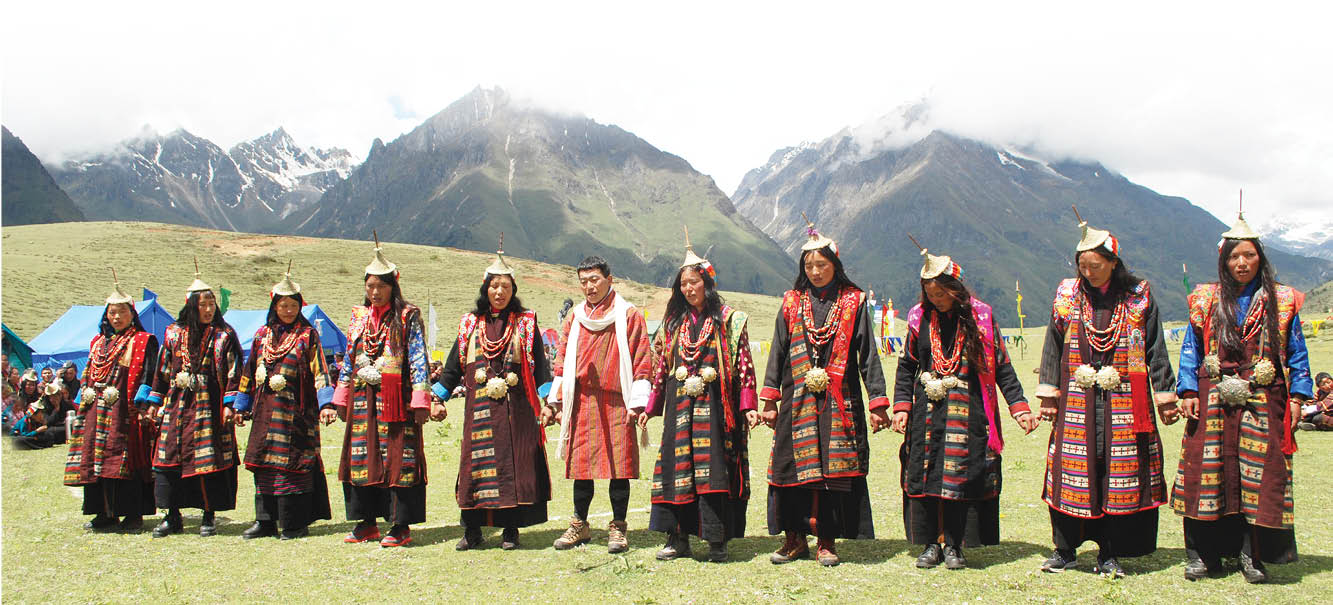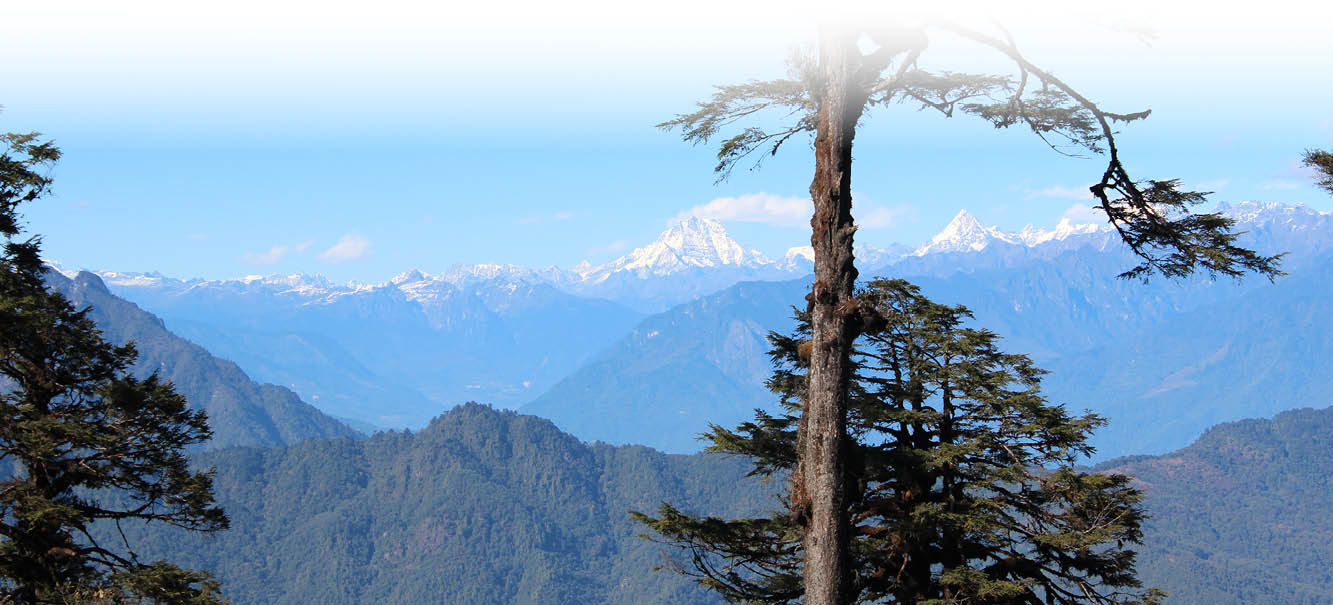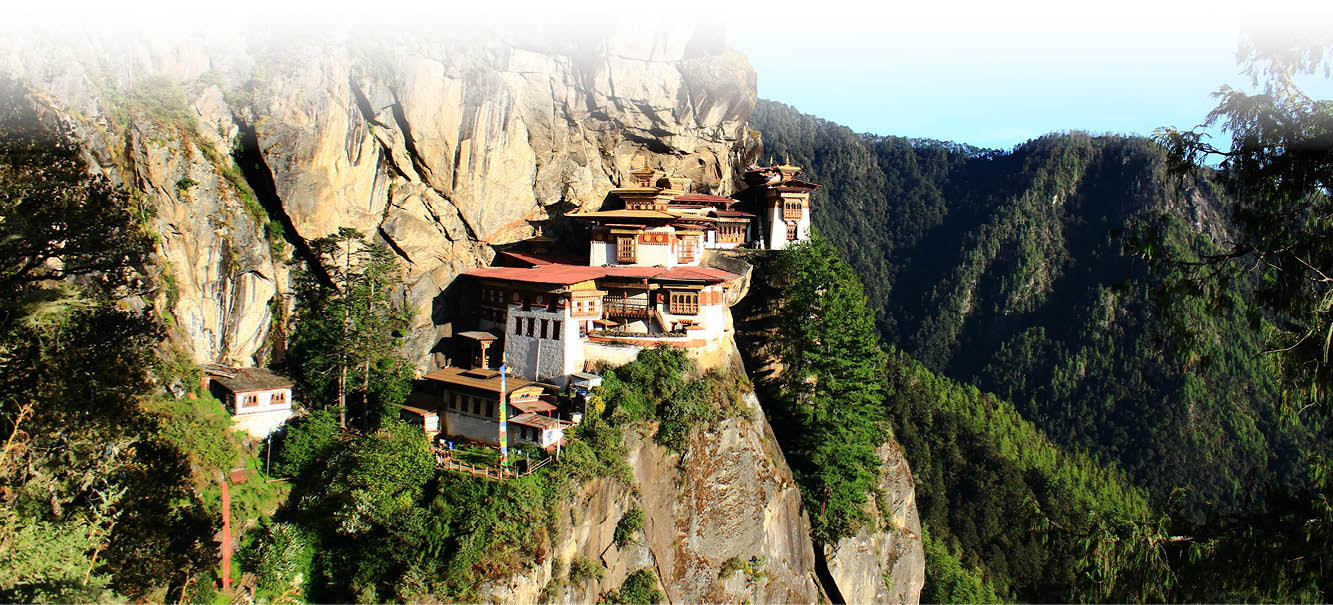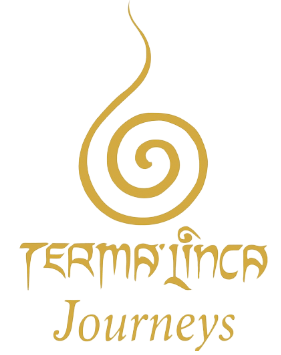


Bhutan Overview
Bhutan is magical and a true “terma linca” – a treasure trove. The ancient culture that host modernity can only be magical. A “terma” is an ancient Bhutanese term for mystical treasures and it is apt way to describe the pristine nature in Bhutan, resources and its friendly people.
The magic is not only in the thriving ancient culture that is easily seen in architecture, the fortresses, centuries old temples, or landscapes dotted with celebrations of faith and history but also in deep seated beliefs and values that inspire the daily lives of the people.
Every carving, every motif in Bhutanese architecture has symbolism and influences luck and fortune. You will not have experienced true Bhutan, if you don’t get ‘dzong-ed’ out in Bhutan – the fortresses (called ‘dzongs’ which can be pronounced ‘zonk’) that commands every valley that afforded protection in the past and now becoming core of every communities and their activities and governance. There are temples that are 7th century old and still being worshipped in, alongside similar ‘lhakhangs’ that are newly built that equally used and seen as not only place of worship, but also as pinnacle of celebration of skills and talents of artisans and generosity of their patrons. These temples adorn the mountainous but lush landscape alongside prayer flags that reinforces the good intentions and the beliefs.
These beliefs translate not only in the friendliness of the people towards you, but also in general sense of well being you sense being among the Bhutanese and also how skilfully it has been woven in the daily lives of the people. Such influences can be the reason for paradigm changing development philosophy of the Gross National Happiness – a holistic approach to development where it is recognized that human beings (individuals or communities or society) have needs beyond physical. Physical needs are easily addressed by economic measures but what about mental, spiritual or emotional needs. Such questions led the kings and the leaders to respond beyond economic stimulus and ensure that Bhutanese did not confuse between ends and means. After all, pursuit of material gain is a tool for higher purposes that human lives have.
With such all-encompassing philosophy, the Kings have ensured that the country modernizes – having better lives for the people but yet retain the age old values, culture and all that are dear to the Bhutanese hearts. It is in this country, where you will meet people that proudly wear their traditional attire as business suits to go work in 17th century buildings that are connected with latest high speed internet or maybe some teenagers that may be dressed like any teen anywhere around but respect for their elders is worn as attitude and 400 year-old prayers chanted as rap songs are sung easily by the same kids.
Such a balance is also seen in other spheres like natural environment. While there are economic activities and developments abound and so rise of concrete jungles, but then there is also forest coverage – in fact of 72% of the country. About little more than 50% of the land is designated as protected area. There are even virgin forests and the country is considered only carbon negative in the world.
Such magical blend in also seen in harmony that majority Buddhist faith coexist with others in the people that boasts of varied ethnicity that complement each other. Such coexistence is also found in the country’s relations with its neighbors – the two of biggest populated countries in the world – China to north and India to the South. The near million (735553 – July 2018) people living alongside nations that not only have million times more people but also 100 times larger to the south and 200 times to the north, without ever being colonized or ruled by any other than their own, is a miracle.
Such miracle is also seen how increasing modernization complement ancient cherished ways. Being here, one gets immersed in living miracle.
